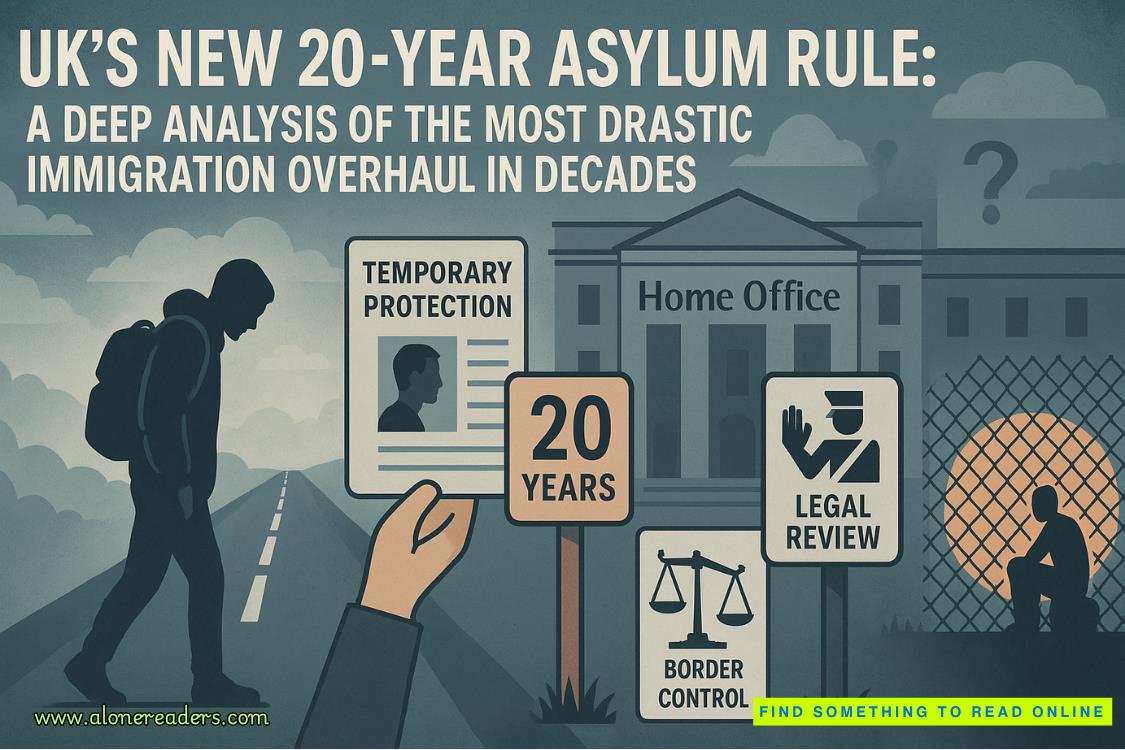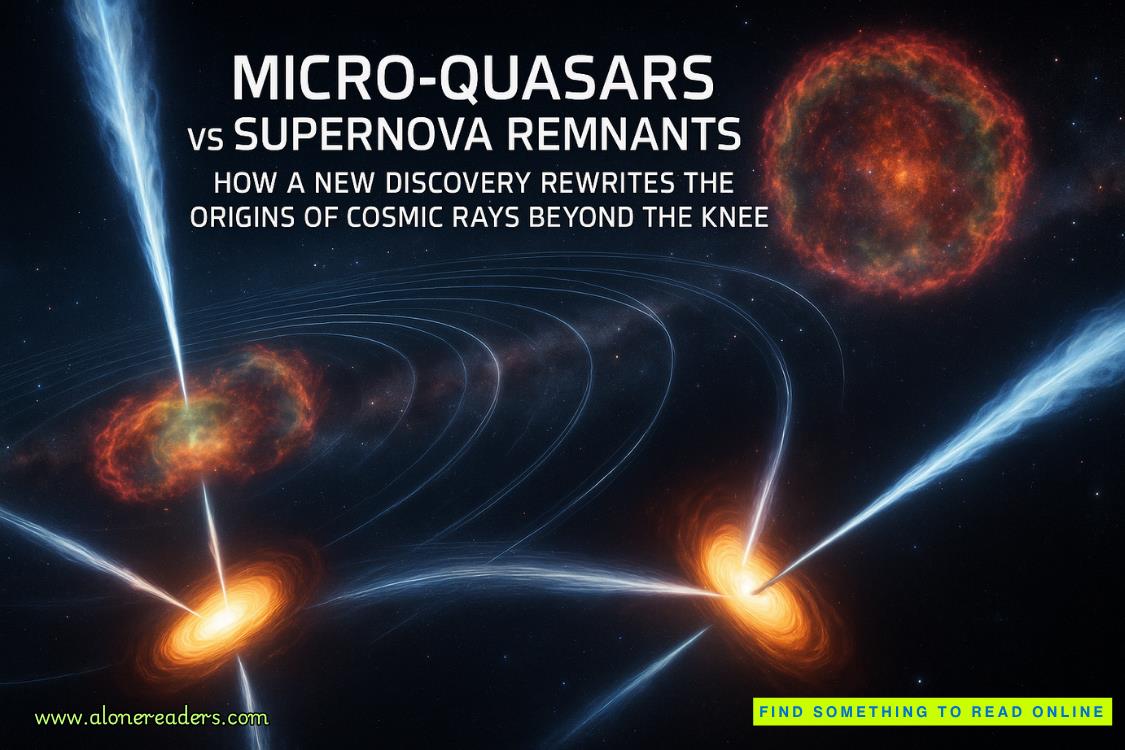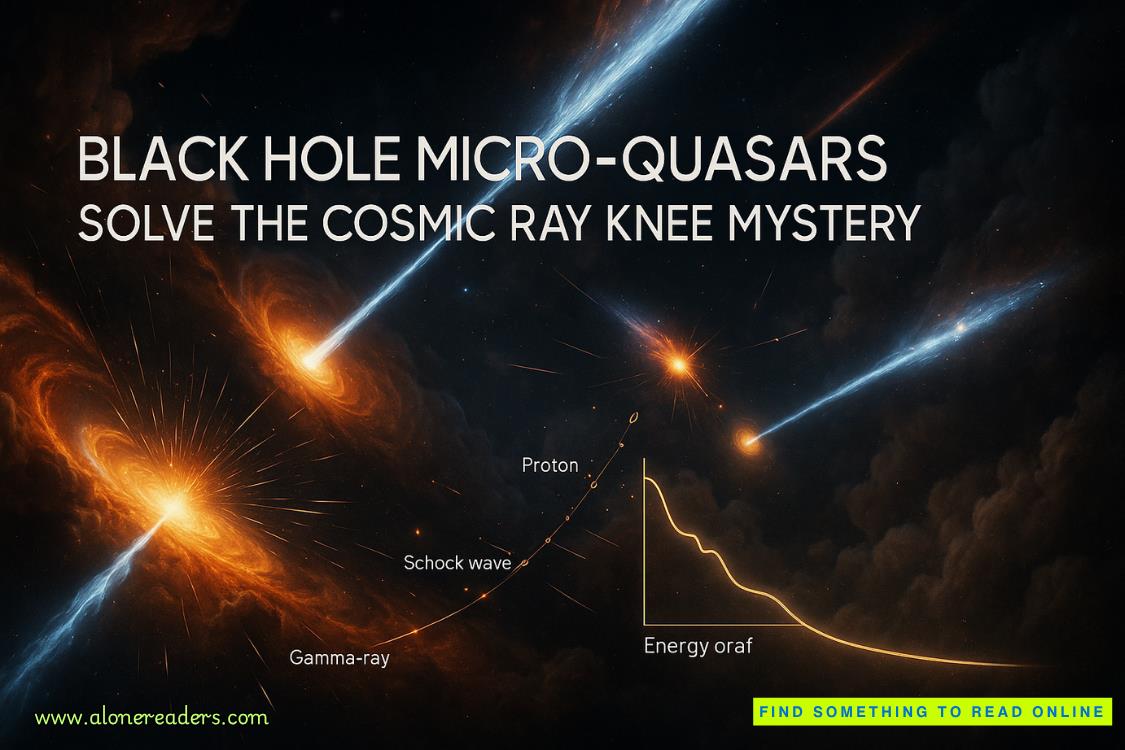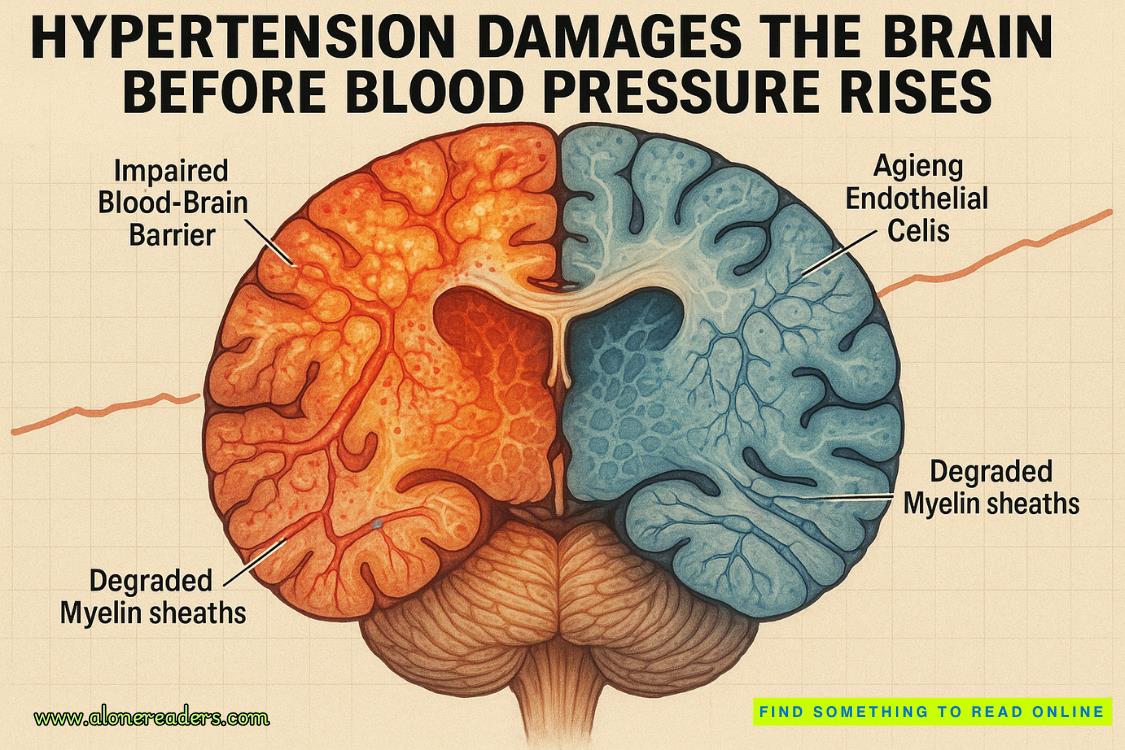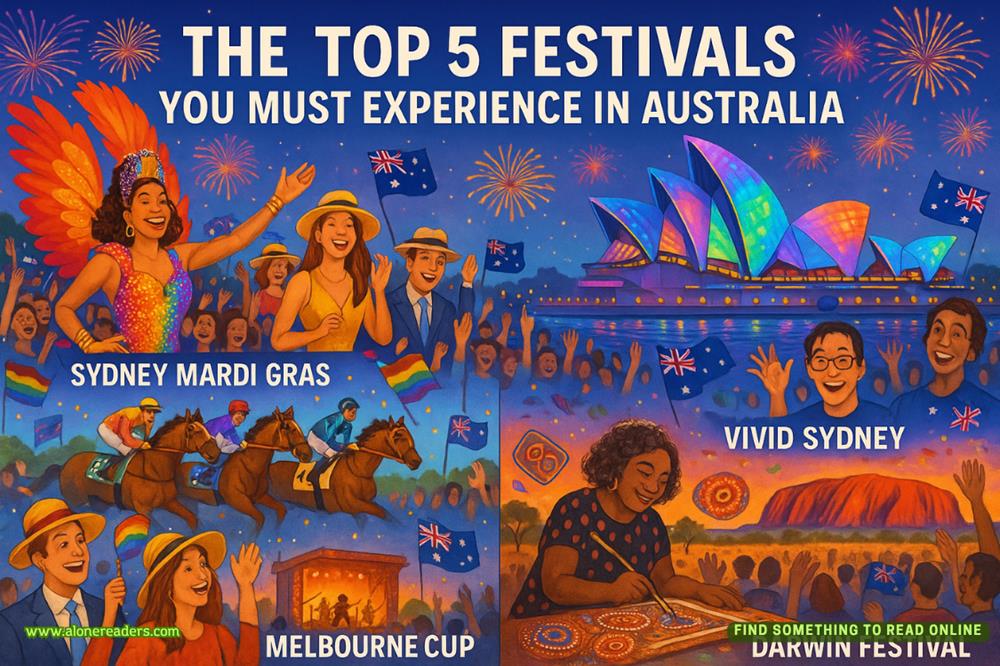Page 38 of Hello Stranger
Sue showed up dutifully every day, like a champ.
After Monday, I had the basic framing. Then Tuesday and Wednesday, I worked on the details and the drape of the fabric. Thursday, I nailed down her arms and hands.
And then suddenly it was Friday. Time to ruin it all with the face.
I dreaded it all day long, staring at the canvas’s empty white face hole. By the time Sue arrived, I was ready to quit.
“I don’t want to find out for sure that I can’t do this, you know?” I said. “I’d rather onlysuspectthat I can’t do it. Doesn’t that sound better?”
“No. That doesn’t sound better. Because then you’re not painting. And you always get really crabby when you’re not painting.”
She wasn’t wrong.
“Even painting something bad,” Sue said, “is better than not painting anything at all.”
“Is it?” I asked. Guess we were about to find out.
“Maybe you’ll surprise yourself,” Sue said. “Maybe portrait painting is another brain system like reading emotions is. Or maybe you’re so good at this, you don’t even need your face area thingy. Wouldn’t that be amazing?”
I nodded.
“Just jump in,” she said. “I really suspect that the worst possible choice is to not even try.”
I suspected that, too.
And so I tried.
I stood in front of the canvas, looking down at the dear face of my dear friend who I’d known so long, who I’d painted so many times… and I saw nothing but unintelligible nonsense.
But I pushed on.
My best strategy was to divide the face circle on the canvas into mathematical sections, and mark, in general, where the eyes and nose and mouth should be, and then focus on one puzzle piece at a time, plugging them in where each one ought to go.
It was a good plan.
But it didn’t work.
When I finally finished the pencil sketch, I stepped back and realized that now it, too, looked like puzzle pieces.
I hadjustdrawn that picture. But now I couldn’t see it.
I asked Sue to check it and see if I was on the right track. She got up all eager, but then slowed way down on the approach.
I couldn’t see her expression, but I could definitely read her emotion. And that emotion was “Huh.”
“Tell me,” I said.
“Do you want me to be honest?”
“No. Yes. I don’t know.”
“It’s a little funky,” Sue said at last.
“What does that mean?”
She paused. “It’s not photorealism.”
“We knew that already. What are you saying?”
